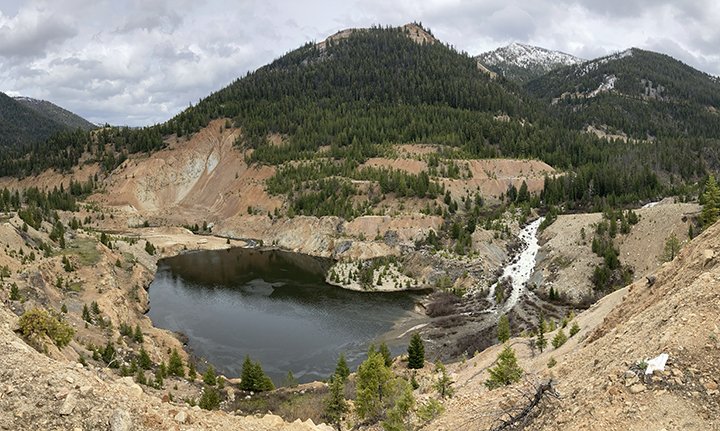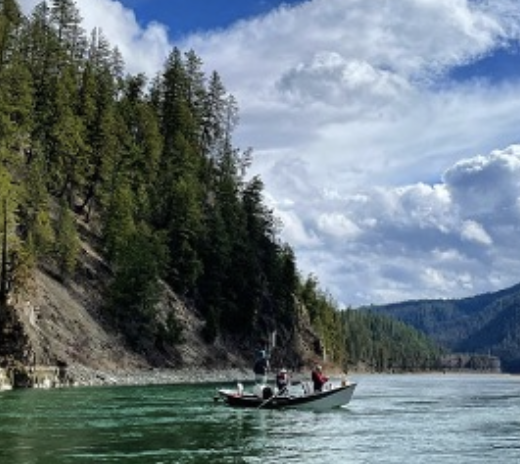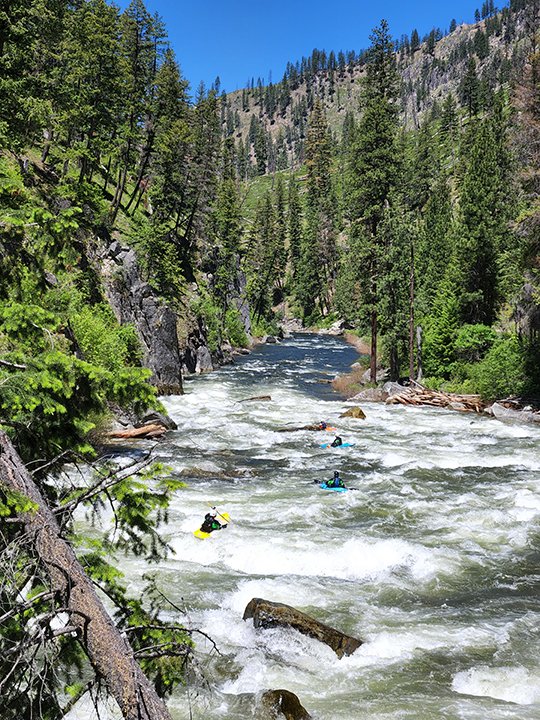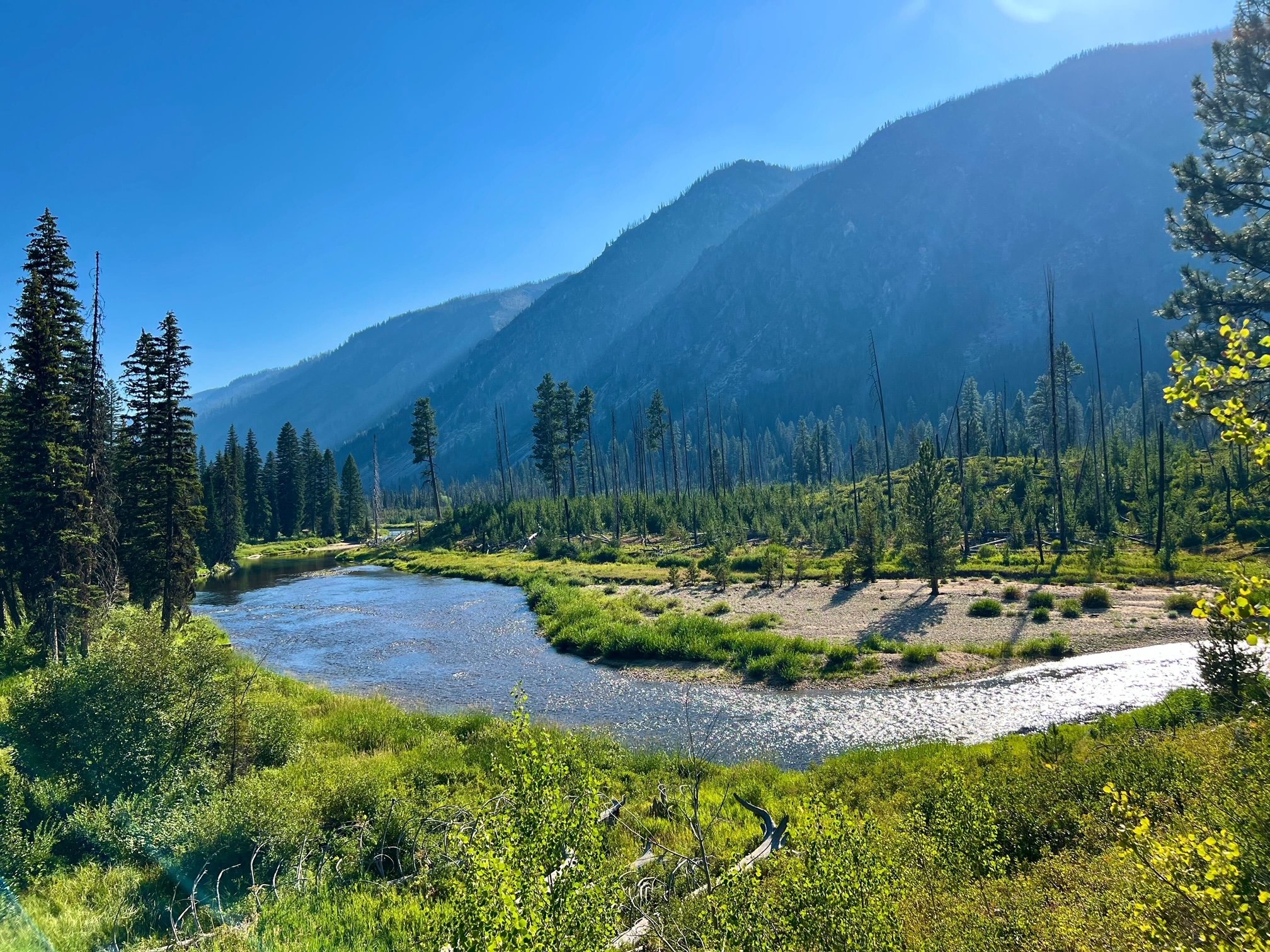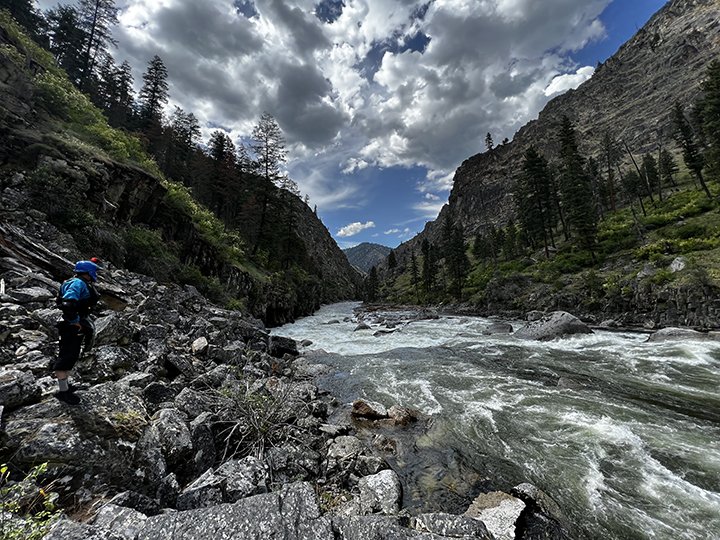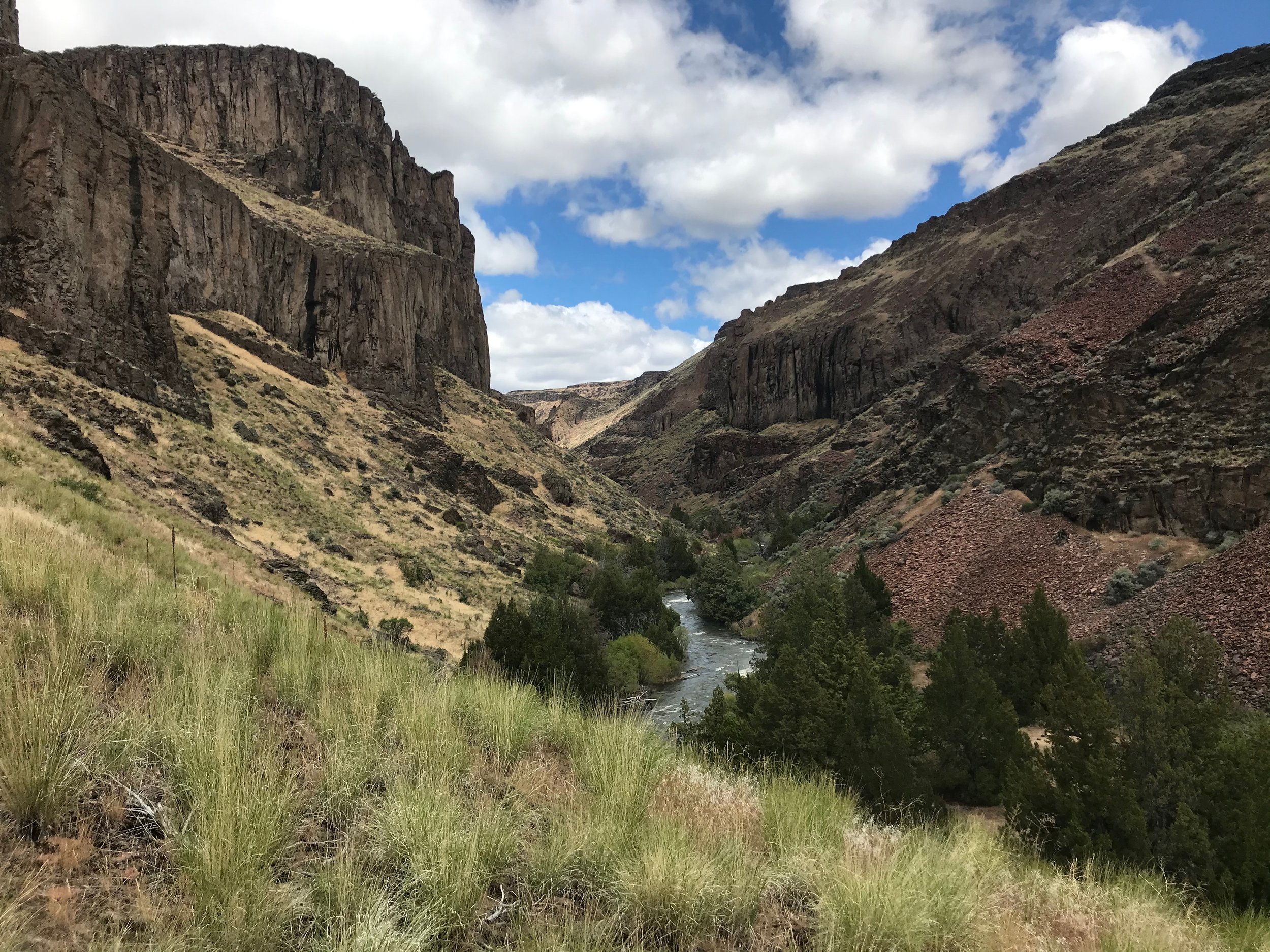
Hardrock mining is one of the biggest threats facing rivers worldwide.
The 1872 Mining Law desperately needs reform. This law governs hardrock mining on 350 million acres of federal public lands, more than 15% of all the land in the United States.
Watch IRU’s new short film called, “Wrong Mine, Wrong Place”
Idaho Rivers United is dedicated to meaningful reform of the archaic Mining Law of 1872.
This outdated law that governs hardrock mining on all Federal public lands has been essentially unchanged since it was initially signed over 150-years ago. Enshrined within this problematic law are numerous handouts and loopholes that mining companies happily take advantage of that leave our public lands devastated and taxpayers footing the bill for clean up, mitigation, and water treatment that is in many cases never ending.
-
While possibly obscure to some, the 1872 mining law continues to be a significant roadblock for conservation efforts related to hard rock mining projects on public lands. This law allows individuals and companies to mine valuable minerals on public lands in the U.S. with minimal restrictions. The majority of the 350 million acres of public land governed by this law occur in the western United States.
Initially designed to promote westward expansion by providing a path for the cheap acquisition of mineral rights, this law has resulted in some of the most long-lasting and damaging impacts on our public lands, leaving communities and families, not mining companies, the ones bearing the costs and fall out of these projects.
This 150 year old law has been fundamentally unchanged since it was first signed by President Ulysses S. Grant and is in desperate need of reform.
-
One of the most troubling aspects of this antiquated law is the fact that it established hard rock mining as the “highest and best use” of most public lands. This aspect of the law severely limits land managing agencies (such as the Forest Service and BLM) to say “no” to mineral projects even when they may be in direct contradiction with other legislation, such as the Endangered Species Act or even the general land management plans, where the project is slated to take place.
While this mindset may have made sense in 1872, our views and understanding of our public lands have evolved dramatically to recognize the value of ecological and wildlife health, recreation, clean air and water, and the impact on the communities that depend on the areas that are being mined.
-
Due to the fact that this law establishes hard rock mining as the “highest and best use” of our public lands, agencies that review and approve these projects are forced to make compromises when it comes to environmental safeguards that often have irreversible impacts. As a result, the EPA lists over 100 hardrock mines on the Superfund Programs National Priorities List. These same sites are also among those responsible for 40% of the headwaters of western U.S. watersheds to be polluted.
Modern industrial mining looks nothing like it did when lawmakers signed the original law. Today, mountains are moved, streams rerouted, habitats are forever altered, and tons of toxic tailings are impounded behind dams that will inevitably fail.
-
Other industries, such as oil, natural gas, coal, and even timber, pay royalties in exchange for the privilege to operate and extract resources from our public lands. These royalties are glaringly missing when it comes to hardrock mining on public lands. The BLM estimated that the value of mineral production for gold, silver, copper, molybdenum, lead, and zinc on all Federal lands in the West was roughly $4.9 billion in 2019 alone.
Most of the largest mining conglomerates are not based in the United States. The current system allows foreign companies to realize incredible profits derived from the natural resources that are owned by the public while leaving the local communities and taxpayers on the hook for generational impacts to our communities and environment.
-
This law also does not specify how bonding or financial assurances should be managed to ensure that a mine operator has sufficient funds set aside to cover the costs of reclamation associated with their mining operations.
This leaves the permitting authority to estimate costs for reclamation, a practice that is very difficult to do accurately. If, for instance, the mine site will require water treatment in perpetuity, it is nearly impossible to estimate the costs associated accurately.
A 2004 EPA report estimated that there may be up to 31,000 abandoned mine sites that pose a significant risk to human and environmental health. As a result, we are facing an environmental and fiscal disaster. It is estimated that the cost to clean up the current list of abandoned mine sites exceeds $54 billion dollars.
It’s time for mining reform.
The increasing demand for electricity and emerging technology calls for increased production of raw mineral materials. Across Idaho and the Mountain West, this demand has meant a dramatic uptick in mineral exploration and renewed interest in projects and deposits that have been mothballed for years. If we are to see an increase in domestic production that is environmentally and socially just, it is critical that the 1872 Mining Law be reformed to meet the realities of the modern era. The extractive industries are also pushing for reform, but their ideas of change often look like less stringent permitting constraints, shorter timelines, and generally less oversight.
In addition to this reform, we have a goal to get a ballot initiative to outlaw the use of cyanidation for gold mining in Idaho, similar to the successful campaign in Montana. Key partners in this coalition include the Idaho Conservation League, Save the South Fork Salmon, Advocates for the West, and Earthworks. We also work very closely with the Nez Perce Tribe on our efforts to fight the Stibnite Gold Project.
We urge you to contact your representatives and encourage them to support the Biden administration's initiative to finally bring meaningful change to this piece of legislation, and sign our petition to support reform to the 1872 mining law.
Mining threats in Idaho
IRU is committed to mining reform and minimizing the negative impacts of irresponsible mining from the headwaters to the mouth of Idaho’s rivers.
We will continue to monitor, provide comment, and object, as necessary, to proposed mining operations within Idaho. As the demand for raw materials continues to increase, we are seeing an explosion of mining activity within the state as companies begin the exploration stages evaluating mineral composition and feasibility of full scale mining operations.
Sign up for our monthly email to stay informed of new developments and any updates to ongoing projects.








